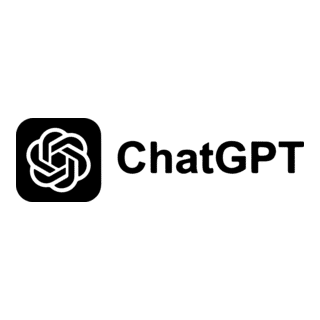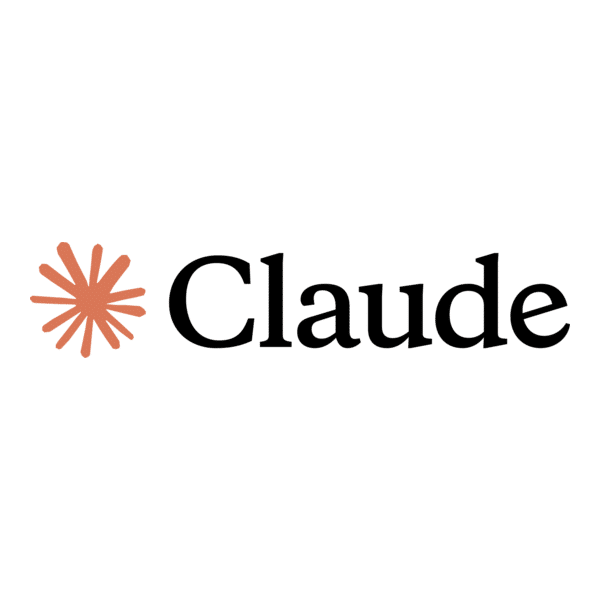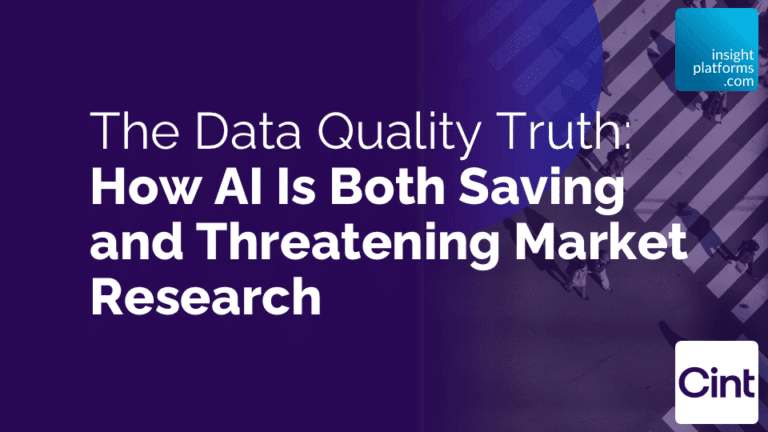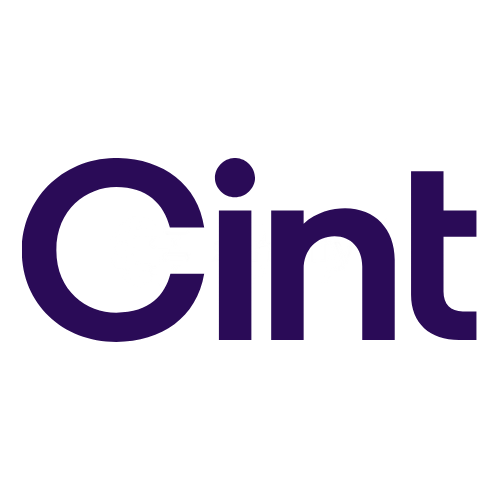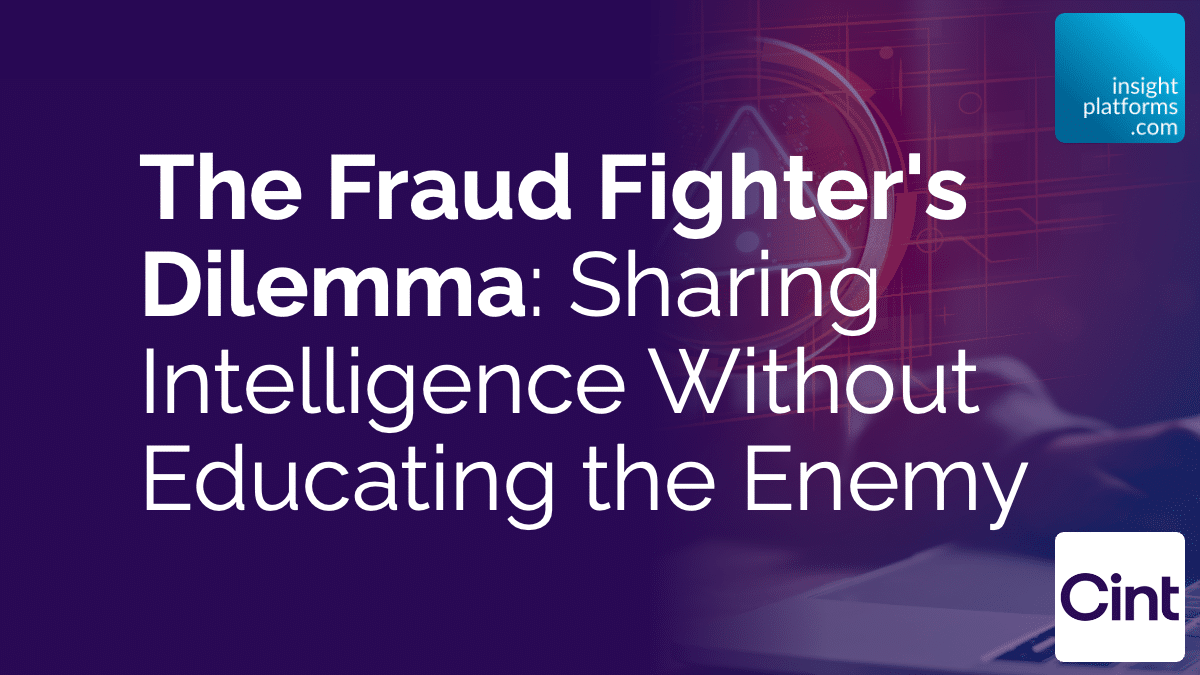
The Fraud Fighter’s Dilemma: Sharing Intelligence Without Educating the Enemy
By Cint
- article
- AI
- Artificial Intelligence
- Agile Quantitative Research
- Online Surveys
- User Surveys
- Online Panel/Sample Exchange
- Survey Panel
- Customer Panels
- Synthetic Respondents
During a recent presentation on AI and data quality, my colleague Marcus Carter and I found ourselves being extremely careful about one particular thing: not revealing too much. We deliberately avoided detailed explanations of fraudster methodology. We didn’t name specific tools that fraudsters use. We skirted around the technical details of how certain detection methods work.
It felt a bit awkward. Here we were, trying to help the industry fight fraud, while simultaneously holding back information that could be genuinely useful to our audience of research professionals.
But here’s the uncomfortable truth: fraudsters were likely in that audience too. Or they’d watch the recording. Or someone would screenshot our slides and share them. Once information is out there, you can’t take it back.
This is the fraud fighter’s dilemma, and it’s one of the most challenging aspects of my role at Cint.
This article covers part of the webinar “The Data Quality Truth: How AI is Both Saving and Threatening Market Research”. Rewatch the entire webinar here:
Why Sharing Matters
Let me start by explaining why information sharing is so critical in fighting survey fraud.
Market research is an interconnected ecosystem. Sample flows from suppliers to buyers through platforms like the Cint Exchange. Fraud that hits one company today will likely hit another tomorrow. When a fraudster figures out how to exploit a vulnerability, they don’t keep it to themselves – they share it, sell it, and scale it.
I often use the same metaphor: one company catches a cold, and the rest of us are going to catch that same cold. We need to share information on how to identify the symptoms, how to prevent transmission, and how to treat the infection. Without that collaborative approach, we’re all fighting the same battles in isolation, reinventing the same wheels, and learning the same painful lessons separately.
The velocity and sophistication of fraud attacks today make isolation especially dangerous. Fraudsters are organised. They operate in communities on Telegram, WhatsApp, and the dark web. They buy and sell accounts, services, tools, and detailed tips. Data fraud is literally a business, with dedicated practitioners who wake up every day thinking about how to beat our defences.
If they’re collaborating, we need to be collaborating too.
The Education Risk
But here’s where it gets complicated. Every time we share information about fraud methodology or detection techniques, we risk educating fraudsters.
When I see LinkedIn posts with detailed lists of fraudster techniques, or public blogs explaining specific signals we use to catch fraud, part of me is thrilled. I can learn something new. I can compare notes with what we’re seeing at Cint. But then I clutch my chest because I realise: aspiring fraudsters can learn from this too. Established fraudsters can use it to refine their techniques and avoid detection.
It’s like publishing a security system’s specifications. Sure, legitimate security professionals can use that information to improve their own systems, but burglars can use it to circumvent those exact defences.
That’s why at Cint, we’re extremely deliberate about our security and respondent experience workflows. We don’t provide respondents with detailed termination, ban, or reversal reasons. When a respondent has concerns or issues, we assess each case individually with dedicated experts who can balance transparency with security.
Could we be more transparent? Absolutely. Would it improve some respondents’ experience? Probably. But it would also hand fraudsters a detailed roadmap of exactly what we’re catching and how to avoid it.
Finding the Middle Ground
So how do we share information responsibly? After years of navigating this dilemma, here’s what I’ve learned works:
Share the “what” and “why”, not always the “how”. We can talk about the importance of monitoring respondent behaviour without detailing every specific signal we track. We can discuss the prevalence of certain data fraud types without explaining the exact technical exploits fraudsters use. We can emphasise the value of multi-layered defences without revealing which specific layers we deploy and in what order.
Build trusted circles for sensitive details. Some information is too valuable to keep completely private but too risky to share publicly. This is where direct company-to-company relationships become critical. At Cint, we have regular conversations with our customers about fraud trends and prevention strategies. These trusted partnerships allow us to share tactical details that we’d never post publicly.
Leverage industry initiatives. I’m a massive advocate for the Global Data Quality Initiative (GDQ). They’re bringing together customers and competitors in a collaborative space to discuss quality challenges and produce materials for the industry, by the industry. The GDQ creates a trusted environment where companies can have honest conversations without broadcasting everything to the whole world.
If you’re not already involved with the GDQ, I’d strongly encourage you to look into joining. These industry-wide initiatives only work if we all work together.
Think like a fraudster. Before publishing anything, I ask myself: “If I were trying to defraud surveys, how would I use this information?”. If the answer is “very effectively”, then we need to reconsider what we’re sharing or how we’re sharing it.
The Transparency Imperative
None of this means we should retreat into complete secrecy. Transparency and accountability are essential for a healthy industry. Companies need to be held responsible for their quality standards. Buyers need to understand how suppliers are protecting their surveys. The industry needs shared standards and expectations.
The key is strategic transparency – being open about our commitment to quality, our investment in fraud-fighting tools, our policies and principles, without revealing the operational details that would help fraudsters circumvent our defences.
When buyers ask us about data quality at Cint, we’re transparent about our approach: we use AI-powered machine learning through Trust Score, we maintain human oversight, we run multiple quality programs, we require reasons for every reversal and share those with suppliers so they can improve. We talk about our philosophy and our commitment. We just don’t hand over the technical specifications.
Moving Forward Together
The fraud landscape is evolving faster than ever. AI has accelerated both the sophistication of attacks and our ability to defend against them. In this environment, collaboration isn’t optional, it’s essential.
But collaboration requires wisdom. We need to build trusted networks for sharing sensitive intelligence. We need industry initiatives that create safe spaces for honest dialogue. We need direct relationships between companies that allow for tactical information exchange.
Most importantly, we need to think carefully about what we share publicly and how we share it. Every blog post, every conference presentation, every LinkedIn article should be crafted with the understanding that fraudsters are watching, learning, and adapting.
This is the fraud fighter’s dilemma: we’re most effective when we work together, but working together requires sharing information that could potentially help our adversaries. The solution isn’t to stop sharing: it’s to share smarter.
Because here’s what I know after eight years in this fight: we really are all in this together. The fraudsters certainly are. And if we want to protect the integrity of market research data, we need to be too – carefully, strategically, and collaboratively.
Let’s keep the conversation going. But let’s do it wisely.
This article covers part of the webinar “The Data Quality Truth: How AI is Both Saving and Threatening Market Research”. Rewatch the entire webinar here:

